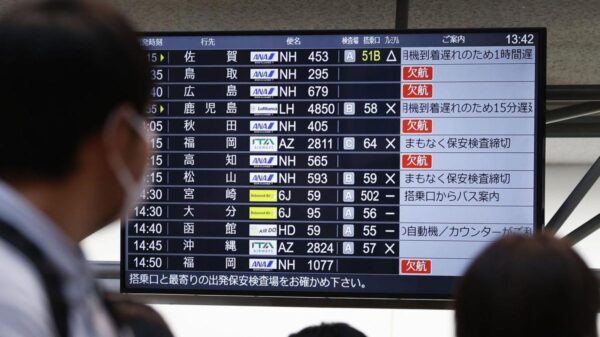The OPEC+ alliance increased its crude oil production by 335,000 barrels per day (bpd) in July 2023, falling short of the anticipated 411,000 bpd hike pledged by eight of its 22 member countries. According to the Monthly Oil Market Report released by OPEC on Tuesday, production from the OPEC-only members increased by 263,000 bpd, primarily driven by significant contributions from Saudi Arabia and the United Arab Emirates (UAE).
Saudi Arabia, the largest producer within OPEC+, accounted for approximately half of the total production increase, contributing an additional 170,000 bpd. The Kingdom’s output, however, has been subject to scrutiny as OPEC’s report indicated discrepancies in its reported figures. It stated that Saudi Arabia’s supply to the market was 9.360 million bpd in June and 9.525 million bpd in July, while its actual production levels were reported as 9.752 million bpd and 9.201 million bpd for the same months, respectively.
Saudi Arabia’s Production Dynamics
This inconsistency arises as Saudi Arabia had acknowledged exceeding its production quota during a brief period in June due to market concerns linked to the Israel-Iran conflict. The Kingdom claims that this overproduction did not affect market supply, as the additional barrels were reportedly stored rather than sold.
The latest OPEC+ meeting earlier this month resulted in a decision to boost output by 547,000 bpd in September, a move aimed at reversing the ongoing cuts of 2.2 million bpd that have been in place. Currently, the remaining production cuts stand at 1.66 million bpd, which will remain until the end of 2026 unless the alliance opts for a change.
Other Producers Adjust Output
In the broader context of OPEC’s production, other member countries are adjusting their output in response to previous overproduction. Iraq has been working to align its production levels by reducing output, while the UAE has ramped up its production by 109,000 bpd. This adjustment comes as the UAE has secured a higher baseline for production in 2025 and 2026.
As OPEC+ navigates these production dynamics, the impact on global oil markets continues to unfold, reflecting both the complexities of member country commitments and the ongoing challenges of supply stability amidst geopolitical tensions.





























































